
Category: physics – Page 356


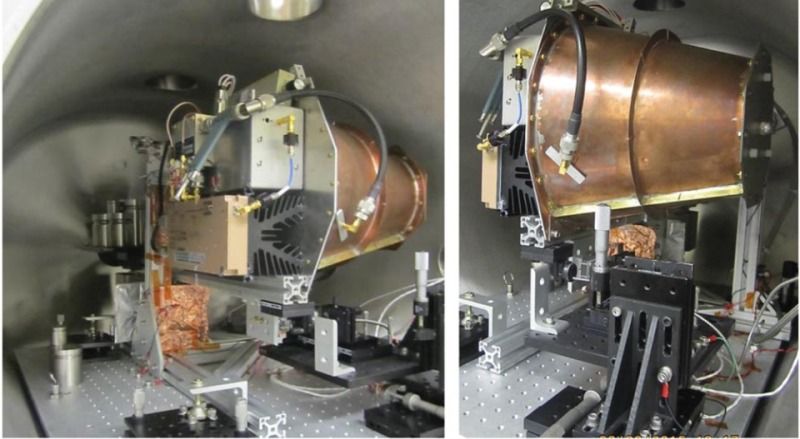
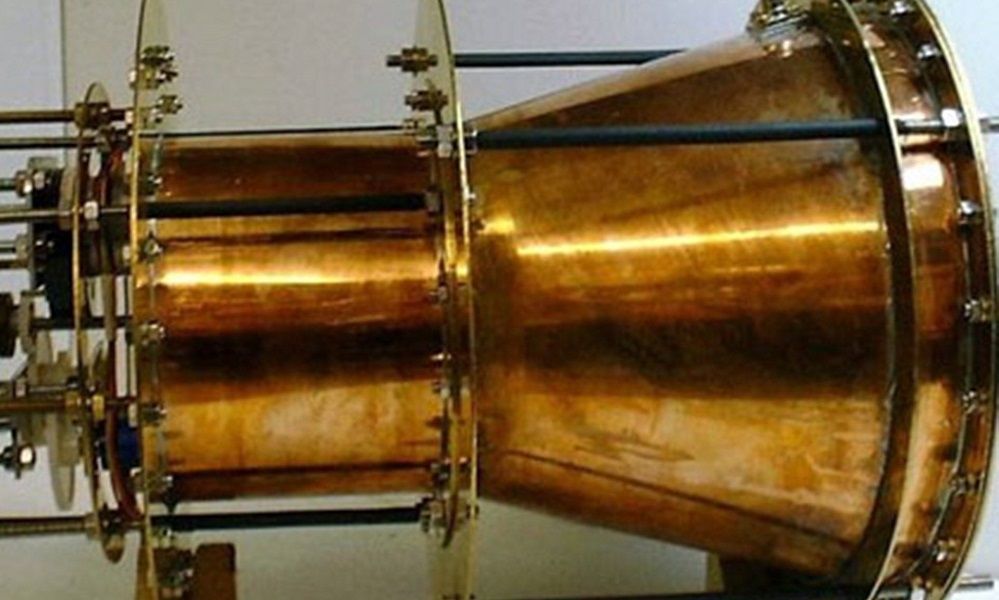
China claims success with new ‘reactionless engine’ EmDrive
In what appears to be the latest breakthrough in space travel technology, China claims it has made a great leap forward with its ‘reactionless’ Electromagnetic Drive, or simply, EmDrive – an engine that uses only the power of electromagnetic radiation contained within a microwave cavity.
The EmDrive flies in the face of physics – going against the law of conservation of movement; producing mechanical movement but without an exchange of matter.
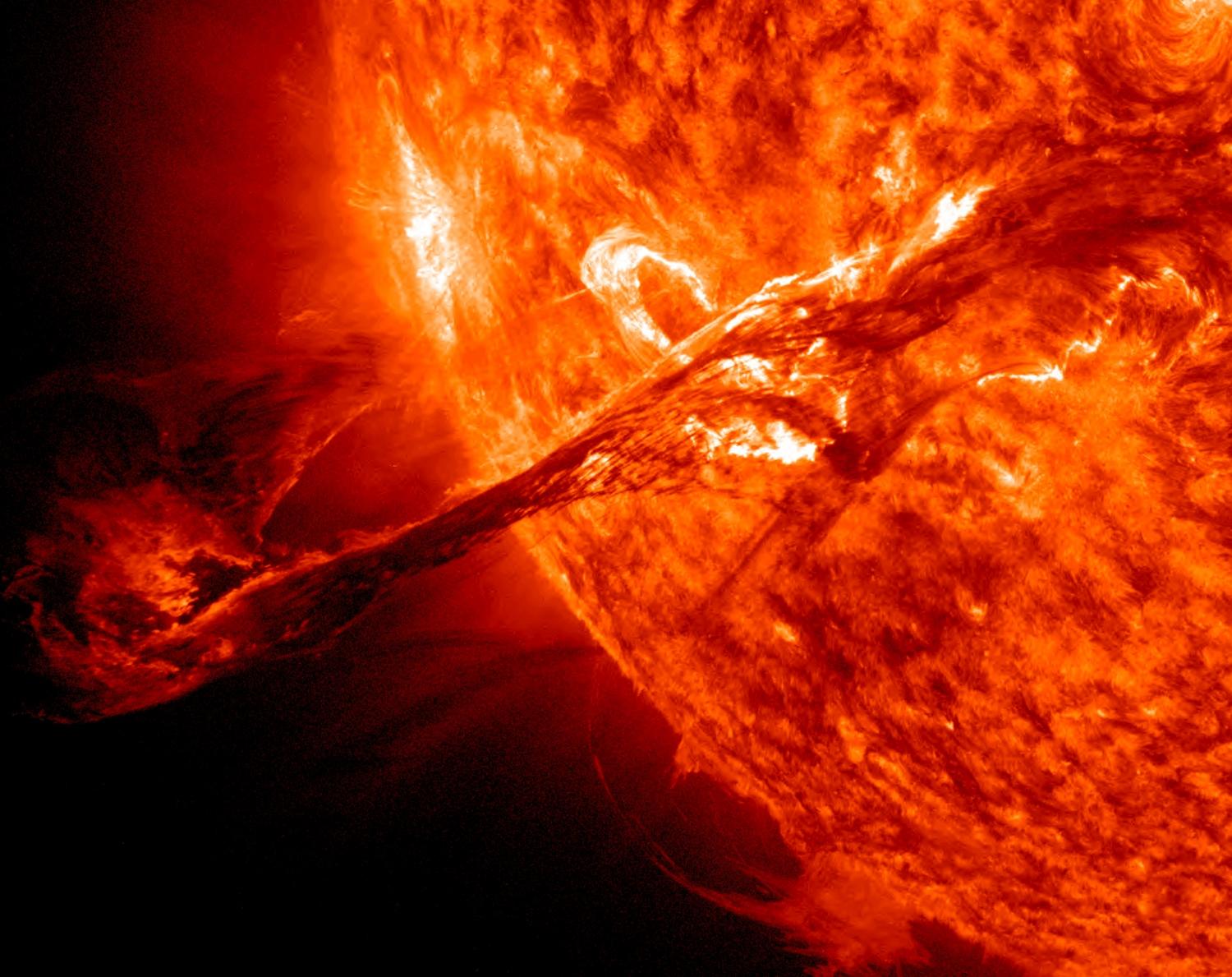
The hidden inferno inside your laser pointer
If you thought that a kid’s room, a Norwegian Nobel Laureate and a laser pointer had nothing in common, two UA physicists are about to enlighten you.
It’s hard to believe, but after having unraveled many of the laws that make the universe tick, physicists still haven’t reached an agreement on whether something as seemingly simple as “hot” or “cold” can be measured in a system under certain circumstances.
“Imagine you threw an iceberg into the sun and right before it’s melted and gone, you wanted to know, ‘How hot is that iceberg at that moment?’ Would that be a meaningful question to ask?” says Charles Stafford, a professor in the Department of Physics in the UA’s College of Science. “According to traditional physics, it wouldn’t be.”
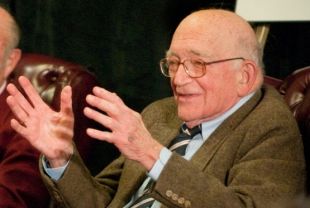
Sidney Drell, Stanford theoretical physicist and national security expert, dies at 90
RIP dear friend.
A giant in the worlds of both academia and policy, Drell died Wednesday, Dec. 21, at his home in Palo Alto. He was 90 years old.
“An accomplished physicist, his contributions to improve national and international security made our world a better place,” said Tom Gilligan, director of the Hoover Institution at Stanford in a statement. “We are especially grateful for Sid’s relentless dedication to eliminating the threat posed by nuclear weapons and know that his important work will continue to frame the issue.”
Dedicated to arms control.
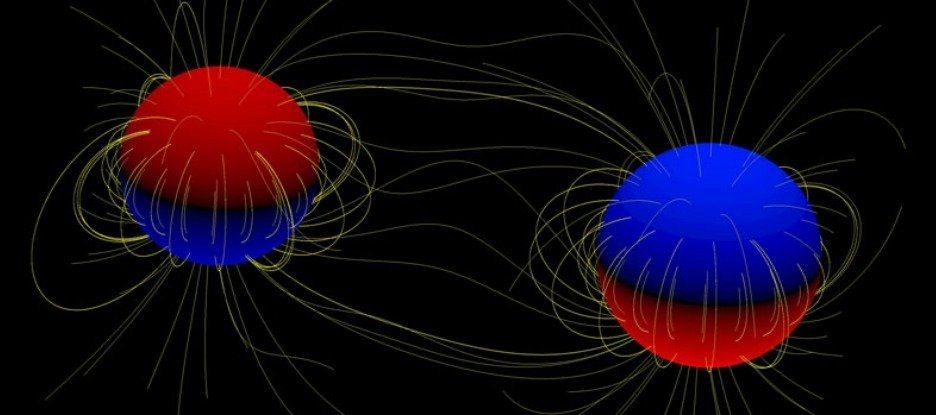
Strange Magnetic Stars Could Spawn Some of the Universe’s Most Massive Black Holes
Earlier this year, after 100 years of searching for them, an international team of researchers detected the presence of gravitational waves for the first time, thanks to the collision of two massive black holes, providing proof for Einstein’s general theory of relativity.
Needless to say, it was a big deal, but two important questions remained: where did the two colliding black holes that created these gravitational ripples in space-time come from, and how did they get so massive?
Black holes form when a star runs out of fuel and collapses in on itself.
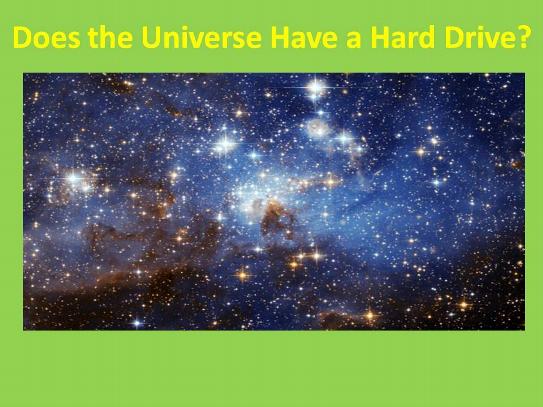
Does The Universe Have a Hard Drive?
Zura Kakushadze is lead author of this peer reviewed paper published by the Free University of Tbilisi. It describes an information paradox that arises in a materialist’s description of the Universe—if we assume that the Universe is 100% quantum. The observation of the paradox stems from an interdisciplinary thought process whereby the Universe can be viewed as a “quantum computer”.
The presentation is intentionally nontechnical to make it accessible to a wide a readership.
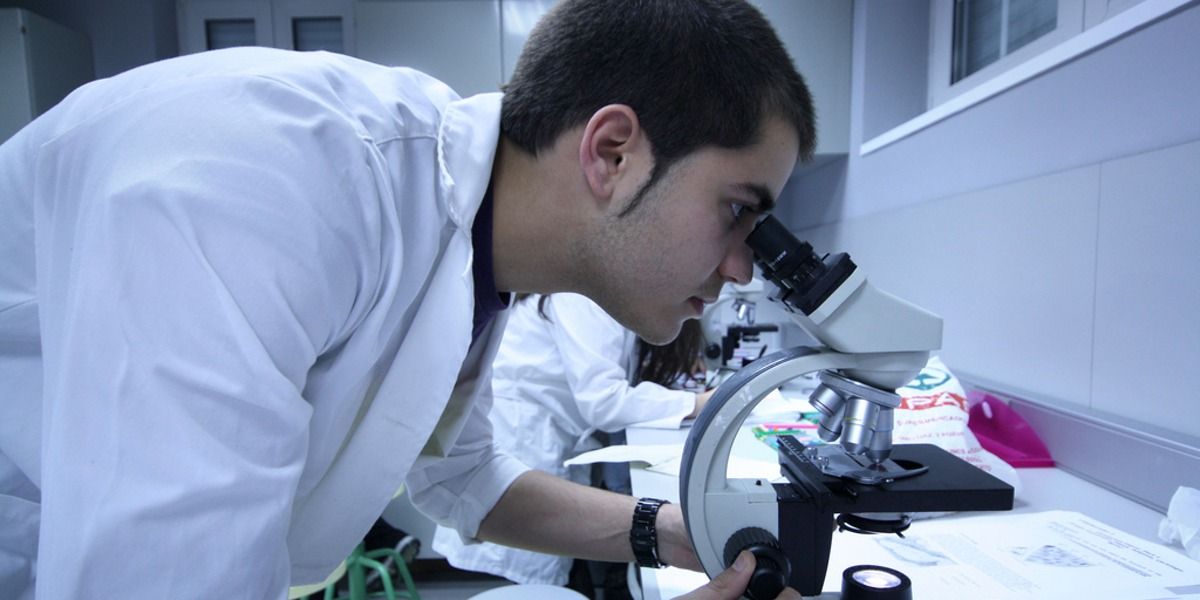
Physicists in Australia Just Proved Reality Doesn’t Exist
Get ready to have your mind blown. According to an experiment led by two physicists in Australia, reality doesn’t exist. Turn on, tune in, and drop out man, because the world as you know it is all kinds of weird, at least on a quantum level.
Andrew Truscott and Roman Khakimov of The Australian National University used atoms to put a John Wheeler delayed-choice thought experiment to practical use. The Wheeler thought experiments ask, in theory, at what point does an object decide to act like one thing or another.
Truscott and Khakimov’s team used what is assumed to be extremely expensive and complex scientific equipment to trap a single helium atom and then drop it through a pair of laser beams that formed a scattered grating pattern.
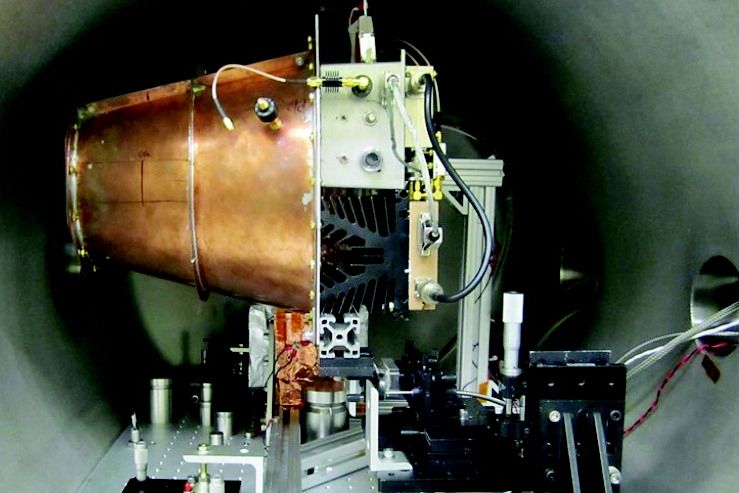
To Mars in 70 days: Expert discusses NASA’s study of paradoxical EM propulsion drive
After months of speculation and rumor, NASA has finally released its long-awaited research paper on the controversial EM Drive propulsion system. The paper was recently published in the American Institute of Aeronautics and Astronautics’ peer-reviewed Journal of Propulsion and Power. If the electromagnetic technology proves sound, it could radically change the way humans travel in space, opening up the possibility of journeys to Mars in just 70 days. But there is no shortage of skeptics who are adamant that the drive is more science fiction than science fact. Critics are quick to point out that the drive violates one of the fundamental laws of physics, namely: for every action, there is an equal and opposite reaction. With the science world abuzz in light of the recent developments, UConn Today called on engineering professor Brice Cassenti, an expert in advanced propulsion systems, to help us understand what’s happening.
Q. What is the EM Drive propulsion system and what makes it so unique?
A. An EM Drive uses electromagnetic waves (e.g., radar) to produce thrust, which is obviously something that is needed for a rocket engine. The drive consists of a truncated conical copper shell with a plastic (polyethylene) disc covering the narrow end of the truncated cone. An electromagnetic wave is induced inside the copper shell in the same manner as a microwave oven. The propulsion system is unique because the device uses no traditional fuels or propellants. Instead, in the simplest of terms, the electromagnetic waves bounce around inside the cone in a way that some say causes propulsion. In the NASA tests, a thrust of 1.2 millinewtons per kilowatt was reported for an EM Drive activated in a vacuum, which is a very, very small – but noticeable – movement. By not relying on traditional fuels, the EM Drive would make spacecrafts lighter, and eliminate the need for massive amounts of fuel currently required to launch a spacecraft to far-off destinations.